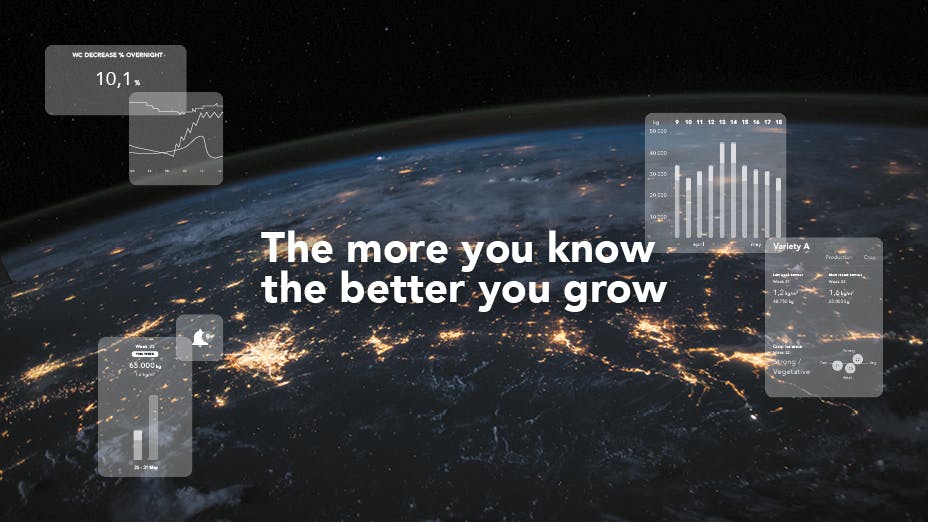Karacor is on a mission and that’s to get these game-changing technologies into the hands of users in the greenhouse. With over 20 years of experience in the field, he understands the technology and the concerns of growers like no other. But what do all these developments mean for growers? Before we go into detail, a short description of how AI exactly works:
“Artificial Intelligence (AI) involves using computers to do things that traditionally require human intelligence. This means creating algorithms to classify, analyse, and draw predictions from data. It also involves acting on data, learning from new data, and improving over time,” as explained by Medium.






